In today’s world of dentistry, everyone is buzzing about the many benefits of digital dentistry and the bright future in store for the dental community as a whole. While it is true, there are many exciting things on the horizon in the digital realm, there are still many who rely on the lost wax casting technique to provide a quality low-tech option for the patient’s dental needs.
When going the traditional route for fabrication a few things must be considered; for example, what type and size of restoration, the alloy to be used and choosing the correct investment to produce the best results. Of course this is team effort and communication between the dentist and laboratory is crucial to avoid any misunderstandings and unfulfilled expectations.
1. Determine the type & size of restoration.
Once the prescription is received and the type of restoration is determined. The best alloy for the job must be chosen. Sometimes it may be full metal or a porcelain fused to metal crown of an acceptable design based on the patients tooth morphology. Regardless of the design the goal is to get a dense porosity free casting. In order to do this, you must weigh the completed wax-up of the restoration along with any spruing necessary to allow good metal flow and feed during the cooling process.
2. Determine Alloy to be used.
A good procedure to follow, when determining how much alloy to use, is to weigh the entire wax pattern and multiply that number by the specific gravity of the alloy used. For example, a pattern weighs 1.75gr and we are using a ceramic alloy with a specific gravity of (Density g/cc: 13.7) when we multiply the two numbers we get 23.975. This (23.975) is the number of grams of alloy needed for this casting plus a button or reservoir. The goal being to capture the restoration and the sprue, along with any reservoir without ending up with too large of a button. A large button will potentially pull alloy from our sprue network that can cause suck back porosity in the cast object.
3. Choose the proper investment.
It’s important to note that certain alloys, such as one with a high melting temperature or high fusing, will need a more heat resistant investment than a gypsum-based investment can provide. While all phosphate investments can survive higher heat situations, many have unique qualities based on the type chosen. Some are considered rapid, meaning they can go into a hot oven after a short set time, while some cannot. It is also critical to always familiarize yourself with all aspects of the instructions for any investment, because sometimes even rapid investments can’t be burned out rapidly under every situation; for example when using some digitally printed materials or when the restoration is very large or complex. In those situations a standard slow burnout might be indicated.
If only wax patterns are being used and the alloy doesn’t require burnout temperatures in excess of 1200°F, then a gypsum investment can be used. These investments use only water as their liquid component and require a metal ring and liner for the casting process. While they do have limitations, they are still quite popular with those choosing noble alloys and produce an easy to divest, shiny casting surface.
4. Determine pattern placement.
Whichever investment and alloy is chosen, a very important aspect, and key to a successful casting once we are ready to invest, is pattern placement. Placing the pattern and the spruing configuration in the ring correctly can be the difference between an ideal result or a complete loss and remake.
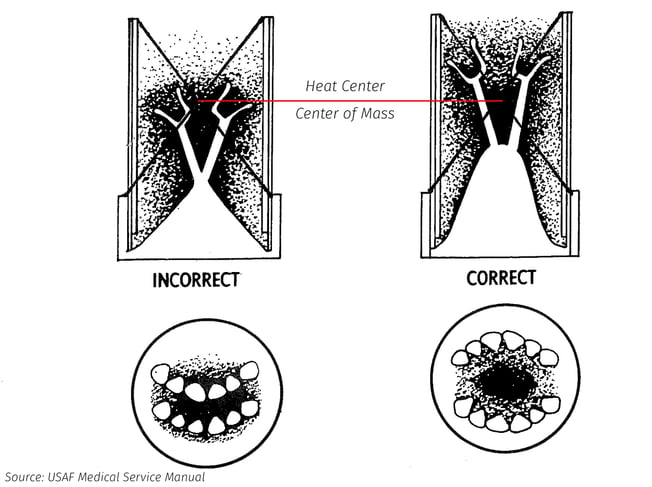
With metal castings, ultimately we want any spruing and especially a runner bar if there is one, to be in the center of mass in the ring, while the pattern should be placed outside the heat center of the ring. Doing this will ensure the pattern cools first and the spruing network cools last, allowing the pattern to pull still molten alloy from the sprue. It is important to note, the center of mass in the ring begins above the pinnacle of the base former. For all ceramic or glass pressings you should follow the ceramic manufacturer’s recommendations for pattern and sprue placement.
Final Thoughts
Every casting is unique and sometimes requires creative placement in the ring, but if we remember to keep the pattern out of the heat center combined with just the right amount of alloy needed we will achieve much more predictable results than simply guessing how much metal to use and where we need it.
Photo credit: USAF Medical Service Manual



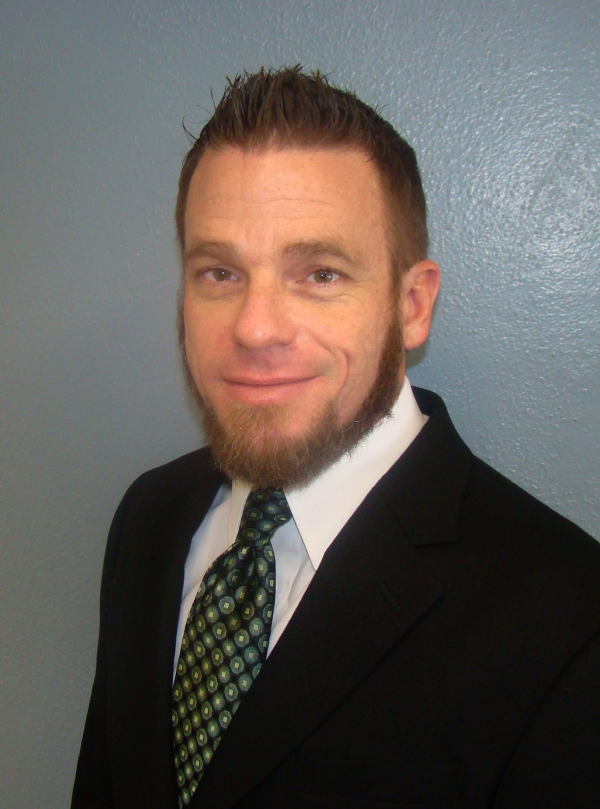



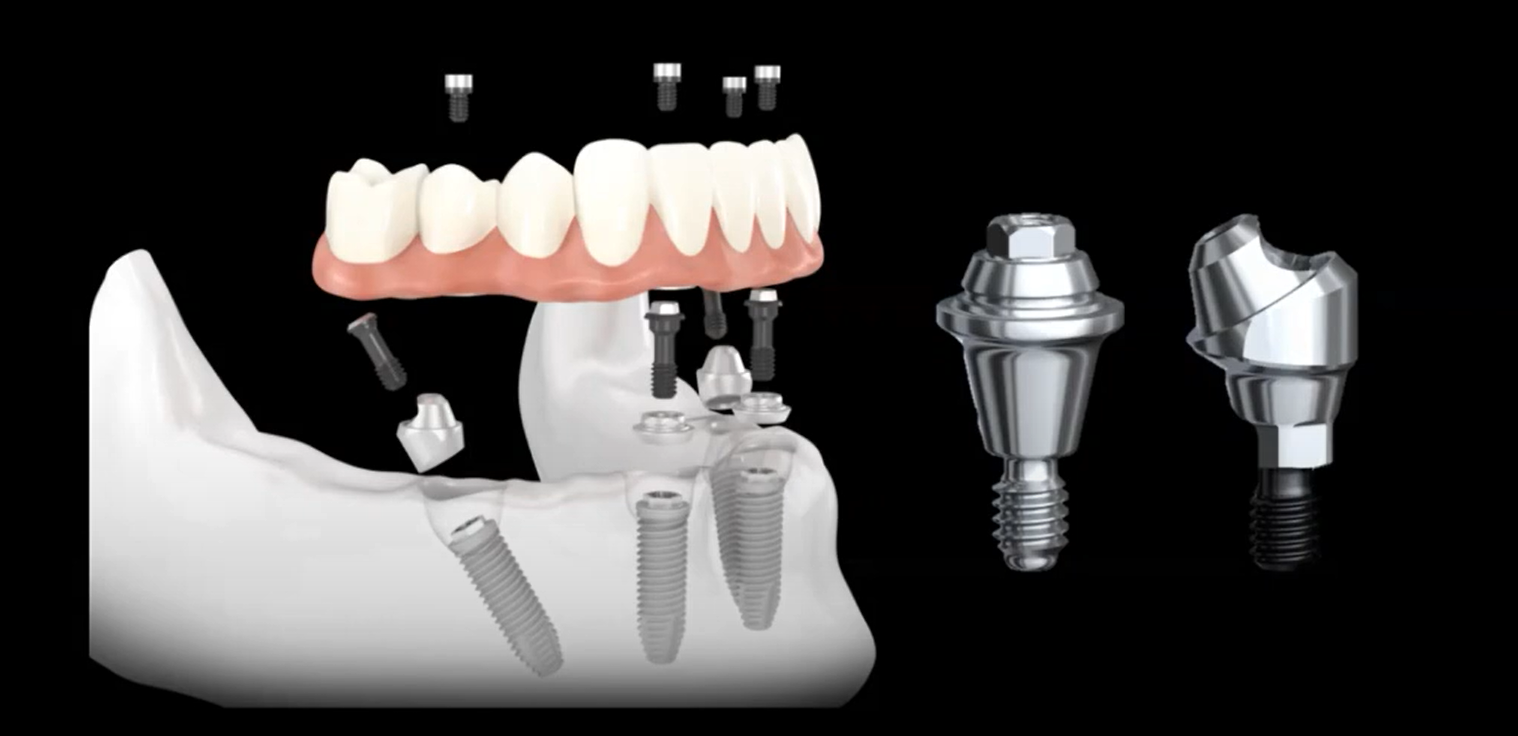
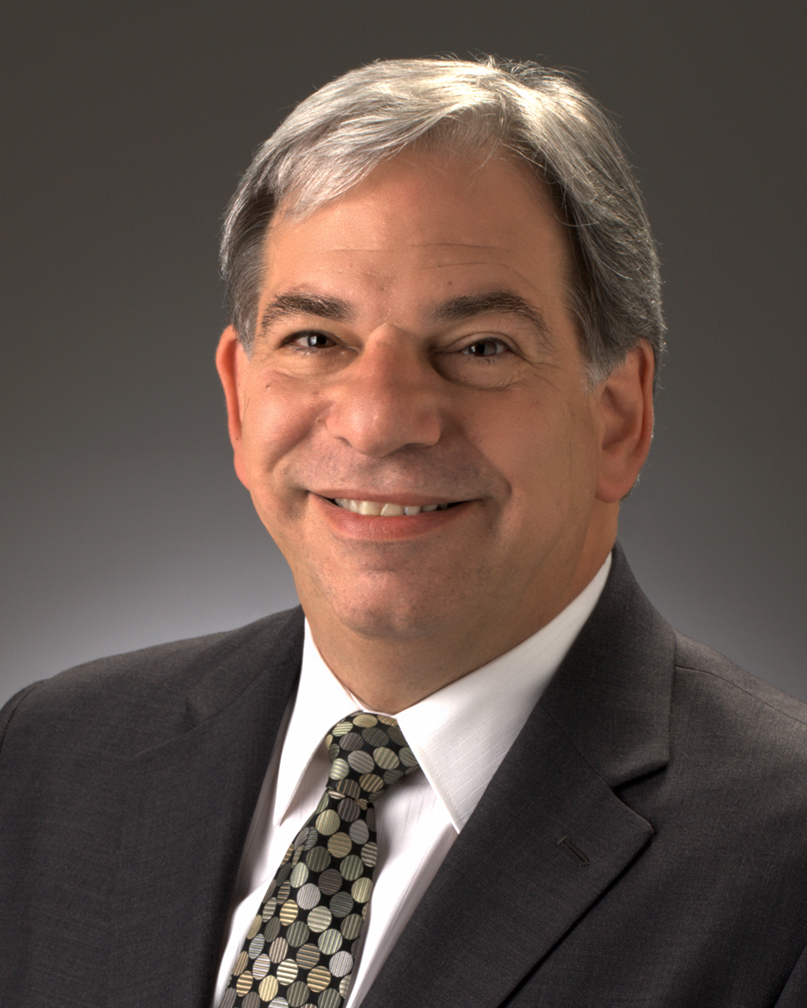


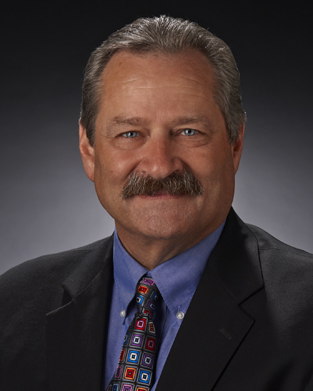
Leave a comment